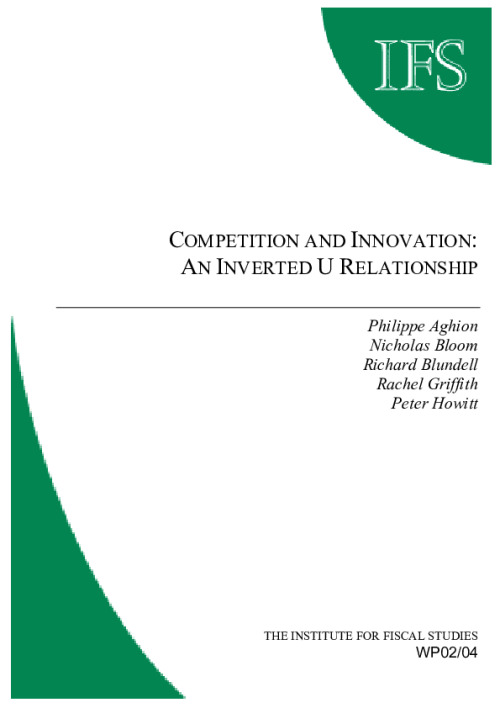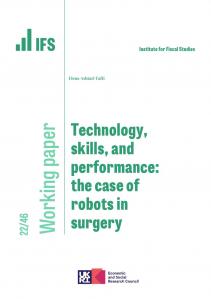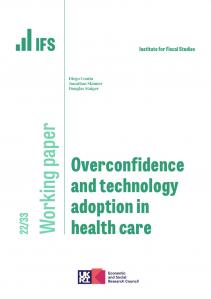This paper investigates the relationship between product market competition (PMC) and innovation. A Schumpeterian growth model is developed in which firms innovate ѳtep-by-stepҬ and where both technological leaders and their followers engage in R&D activities. In this model, competition may increase the incremental profit from innovating; on the other hand, competition may also reduce innovation incentives for laggards. This model generates four main predictions which we test empirically. First, the relationship between product market competition (PMC) and innovation is an inverted U-shape: the escape competition effect dominates for low initial levels of competition, whereas the Schumpeterian effect dominates at higher levels of competition. Second, the equilibrium degree of technological Ѯeck-and-neckness' among firms should decrease with PMC. Third, the higher the average degree of Ѯeck-and-neckness' in an industry, the steeper the inverted-U relationship between PMC and innovation in that industry. Fourth, firms may innovate more if subject to higher debt-pressure, especially at lower levels of PMC. We confront these four predictions with a new panel data set on UK firms' patenting activity at the US patenting office. The inverted U relationship, the neck and neck, and the debt pressure predictions are found to accord well with observed behavior in the data.













